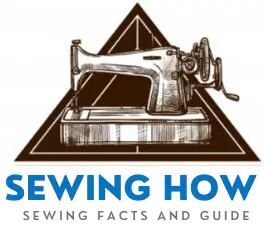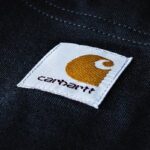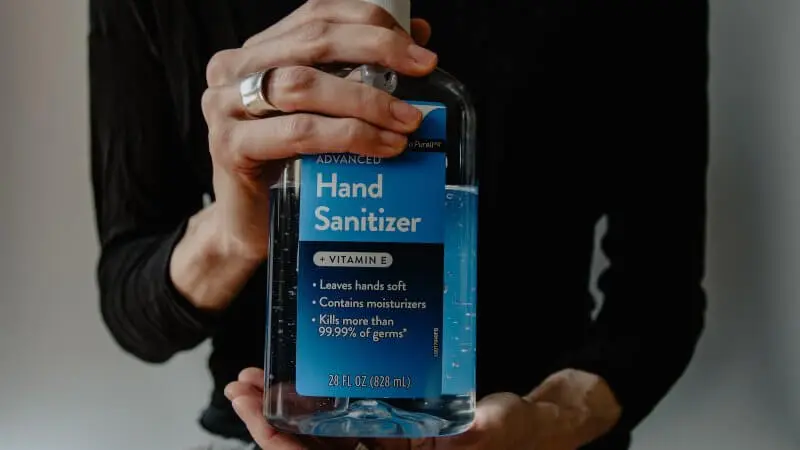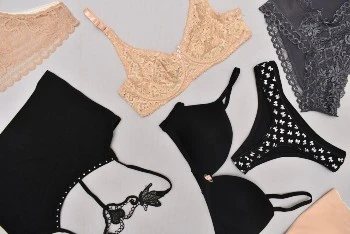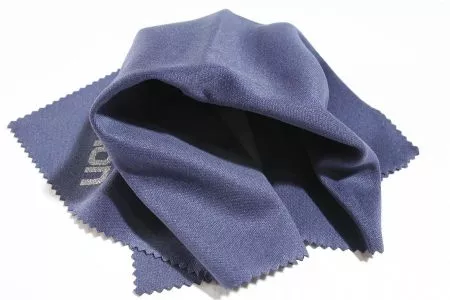Wool has a 3% share in the global textile market. However, the percentage of the clothes sold around the world containing wool is higher since wool is usually blended with other fabrics. As with other materials, wool has its pros and cons. So, what are the advantages and disadvantages of wool?
Wool is easy to clean and resists wrinkles, mildew, fire, UV rays, and odor. It is moisture-wicking, highly durable, bio-degradable, and environmentally sustainable. The most significant disadvantage of wool is that it is expensive. In addition, it is cruel to animals, can be itchy, can shrink, and can be ruined by moths.
In this article, we look at the features of wool, its common uses of wool, and its strengths and weaknesses of wool.
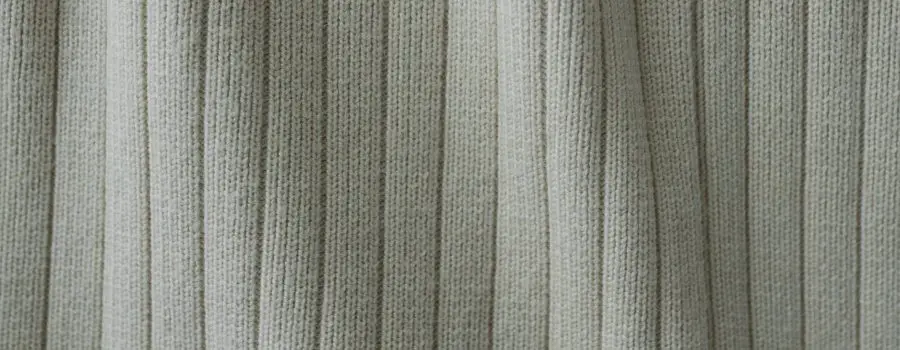
What Is Wool And How Is It Made?
As a natural fiber, wool is not made in the lab. Instead, it is made from natural materials that come from living animals.
Wool is obtained from shaving fleece of living animals. However, fur from slaughtered animals is also treated and used to make low-quality wool, popularly known as pulled wool.
Contrary to the common perception that wool is only made from sheep, pelts of other animals are also used to make wool. Some of these animals comprise goats, rabbits, and camels. For example, Akubra hats common worldwide are made from rabbit fur.
The process of manufacturing wool comprises seven significant steps:
Step 1: Shearing
The animals are sheared to obtain wool from them. In most cases, sheep are sheared once a year and mainly during the springtime. In the past, shearing used to be done by hand; however, as technology advances, shearing is now done by computer-controlled clippers.
Step 2: Grading
The fleece obtained from shaving animals is sorted and graded. High-quality wool is the one shaved from the shoulders and sides of the sheep. High-quality wool makes clothes, while low-quality wool makes rugs.
Step 3: Cleaning
Wool directly obtained from animals is referred to as raw or grease wool. The wool is contaminated with different types of dirt, such as sand and oil. The dirt must be removed from the wool before the wool can be processed.
The wool is washed using water, soap, and other alkalies to remove the dirt and other contaminants.
Step 4: Carding
In carding process, the wool fibers are passed through a series of metal teeth that straighten and blend the fibers into slivers.
Step 5: Spinning
The carded wool is spun with different strands. As wool fibers cling and stick to each other, it becomes easy to spin the wool into yarn.
Step 6: Weaving
The wool yarn is woven into fabric. The two most common types of wool weave comprise the plain weave and the twill.
Step 7: Finishing
Once woven, the wool has to go through various finishing processes, including dyeing, decating, crabbing, and fulling.
Advantages and Disadvantages Of Wool Fabric
Wool has been used to make clothing and upholstery products for many years. However, critics of wool have labeled the fabric cruel since the animals shaved for wool to be obtained undergo untold torture.
Let’s delve into the merits and demerits of wool.
Advantages of wool

It’s Easy To Clean
Wool is made from fur, mainly shaved from sheep and other animals. For the animals that wool is shaved from, the fibers are purposed to act as a protective layer to keep the animals warm and protect them from other external environmental factors.
Wool’s ability to resist dirt implies that the fabric is not easily stained. Moreover, even when the wool is dirty and stained, the stains can be easily removed by washing the wool garment on a delicate cycle.
Resistant To Wrinkle
Wrinkles can be irritating as they make one look untidy. However, even after ironing clothes and ensuring that they are crisp with no creases, the clothes tend to wrinkle after wearing them for a few hours.
When wearing clothes made from wool fabric, one does not have to worry about wrinkles since wool is resistant to wrinkles. Specifically, every wool fiber is structured like a coiled string.
The coiled string feature makes it possible for wool fibers to get back to their original shape after they have been bent, and as a result, woolen garments will not crease or wrinkle easily.
As you can see in this article, we have recommended that if the seatbelt wrinkles your shirt, you should consider wearing woolen shirts as wool is resistant to wrinkles.
Mildew Resistant
Wool is resistant to mildew, implying that the fabric will not support mold growth. The reason why wool is resistant to mildew is that it is a natural wicking fabric.
Specifically, wool fibers permit moisture to pass through without retaining any moisture in the wool. Thus, since there is no dampness on the wool fibers, it becomes impossible for mold and mildew to survive in wool.
Moisture-Wicking
Due to the moisture-wicking ability of wool, one does not feel clammy when sweating while wearing wool clothing, as wool is a superb temperature regulator.
Wool has fantastic moisture-wicking abilities. Indeed, even though wool fibers absorb some moisture into the core of its fibers, they wick out the moisture through tiny openings on the wool’s fabric surface.
Odor Resistant
While you sweat wearing clothes made of other fabrics, there is a high chance that you will stink. However, with wool, you can be assured that even when you sweat profusely, you will not stink.
Wool fibers have high absorption making wool one of the most absorbent fabrics. In addition, wool can absorb up to 35% of its weight in liquid as the absorbed moisture is bound within the structures of wool fibers.
Due to that, the microbes that need the moisture to cause body odor do not get into contact with the fibers implying that even when wet, wool will not stink.
Highly Durable
While compared to other fabrics, wool is highly durable than most fabrics. Indeed, wool is more durable than cotton. Thus, when you buy a woolen garment, you can be assured that the garment will last you a long time.
The high durability of wool is due to the increased flexibility of wool fibers. Indeed, wool fibers can be bent back on themselves more than 20,000 times, and they will not break.
For cotton, the fibers can only be bent about 3000 times, while for silk, the fibers can be bent 2000 times fore they break. Thus, the high elasticity value of natural wool fibers makes the wool fabric resistant to tearing.
Fire Resistant
Wool is fire resistant since it is naturally high in nitrogen and water content. The high amounts of nitrogen and water content in wool fibers make it hard for the fabric to catch fire. For wool to catch fire, the flame must reach at least 1,058 (570 – 600 Degrees Celsius) Fahrenheit for the material to ignite.
Bio-Degradable
One of the common problems with synthetic fabrics is that once they have been used and are worn out, they negatively impact the environment as they are not degradable. Thus, when the materials are disposed of, they end up in landfills.
As a natural protein fiber, wool is degradable. Once disposed of, it quickly decomposes and releases valuable nutrients into the soil.
It’s A Renewable Fabric
Sheep and other animals must be shaved off their out covering to obtain wool. Thus, once the animals have been shaved, they grow another covering which is shaved after a certain period, to get more wool.
UV Resistance
Fabrics that are used outside are supposed to be resistant to UV rays since extreme exposure to sunlight can harm the skin.
As a natural fabric obtained from shaving the outer covering of animals, wool has a special element capable of protecting sheep and other animals that wool is shaved from UV radiation.
When exposed to the sun, wool absorbs the UV radiations and ensures that the radiations are kept away from the skin. Clothes made from wool are reported to have 30+ UV protection.
Environmentally Friendly
Even though debatable, wool is environmentally friendly since it is mainly naturally obtained from sheep. It is highly durable, implying that once a woolen garment has been bought, the garment will be worn a long time before it wears down.
When disposed of, wool decomposes and releases valuable nutrients into the soil. Thus, when compared to other synthetic fabrics, wool can be categorized as an environmentally friendly fabric.
Disadvantages of wool

Expensive
While compared to most synthetic and natural fabrics, wool is quite expensive. The high costs of wool are because wool is a natural fabric obtained from sheep.
Due to its high price, wool garments are a preserve of those who are willing and able to pay the high prices. Indeed, due to the high price of wool, fast-fashion brands do not use wool in any of their products.
Low-Quality Wool Is Itchy
When low-quality wool is used to make clothes, the clothes will irritate the skin and cause rashes. Thus, in such cases, you have to wear other layers to ensure that the wool fibers do not come into contact with the skin.
For itchy wool garments, wearing additional layers on hot days to avoid irritation can be uncomfortable.
Prone To Shrinking
When washing wool garments, one needs to be careful since wool can shrink when the garments are washed in the wrong settings. Considering that wool is more expensive than other fabrics, no one would want to spend a lot of money on wool clothing, and then the clothing shrinks.
To avoid shrinking wool garments, the wool clothing has to be dry cleaned, implying spending more money on garment care.
Can Be Ruined By Moths
As a protein fiber, wool can be ruined by clothes moths. The moths leave pesky holes on wool clothes as the adult moths lay eggs on the woolen garments.
To protect your wool garments from moths, you should store the clothes in a cedar chest or airtight containers. In addition, you should ensure that your closets and drawers are always clean as that will prevent moth infestation.
If you don’t wear your wool clothes for a long time, you should air the clothes once in a while to ensure that clothes moths do not live in your clothes.
Can Be Animal Cruel
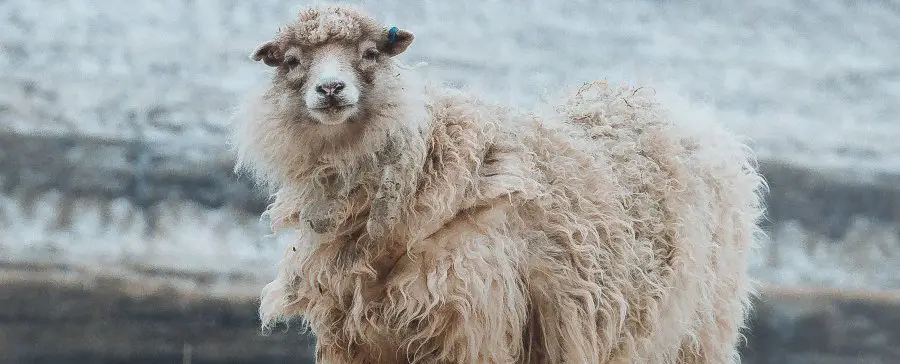
Even if proponents of wool argue that no sheep or other animals are killed so that wool can be obtained from the animals, it can be pointed out that wool is intended to offer animals protection from cold and other dangers that they are exposed to.
When animals are shaved to obtain wool, some animals undergo untold suffering. For example, when sheep are shaved their wool during the winter season, the sheep are stressed as they have to bear the cold without the wool that is meant to keep them warm during the colder months.
What Can You Use Wool For?
What can you use wool for? Actually, a lot of things. You can find wool in the garment, upholstery, and carpet industries.
Wool is used in:
Rugs and carpets (Its soft feel and high durability property makes it a good choice for rugs and carpets)
Gloves
Coats
Sweaters
Blankets
Shirts
Gloves
Pants
Mittens
Is Wool Fabric Good or Bad Material?
Wool fabric is an excellent material if your concern is a warm and durable fabric. On the other hand, some people consider wool fabric to be a bad material since its production involves animal cruelty. Your answer to the question of whether wool is a good or bad material thus depends on your perspective!
You probably have some wool clothes in your closet. We all love the uniqueness of wool clothing and as such, am sure that whenever you find wool clothes on offer, there is a high chance that you will buy the clothes.
Many fashion brands that sell woolen clothes have detailed elaborate measures they have put in place to ensure that animal cruelty is addressed in the process of obtaining raw wool from sheep and other animals.
You can therefore visit a specific fashion brand website and find out whether the wool used to make different fashion products sold by the company has been ethically sourced.
Wool Blend Fabric Is Good Or Bad?
A wool blend fabric comprises wool and other materials. Usually, the main reason why the woolen fabric is blended with other fabrics is to ensure that the ensuing fabric exploits the strengths of the fabrics in the blend while at the same time addressing the known weaknesses of the fabrics in the blend.
For example, when wool is blended with cotton, the wool-cotton blend is warmer, hardier, and more durable than cotton on its own. Moreover, the blend also creases than would be the case with 100% cotton fabric.
Wool blend fabric is good since the blend ensures that the good properties of wool are exploited while the shortcomings of wool are also addressed.
Conclusion
As discussed in the article, wool has various advantages and disadvantages. Before buying any woolen products, it is good that you understand the pros and cons of wool fabrics to decide whether to purchase wool garments.
I hope that you now have a good understanding of the pros and cons of wool. Feel free to share with article with your friends.
